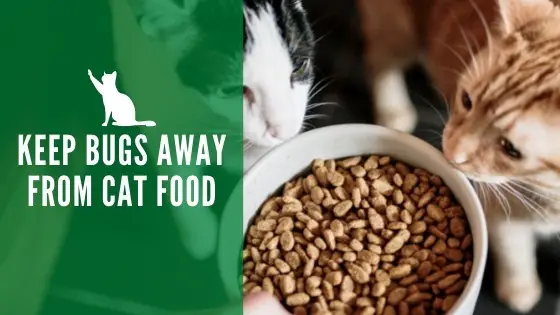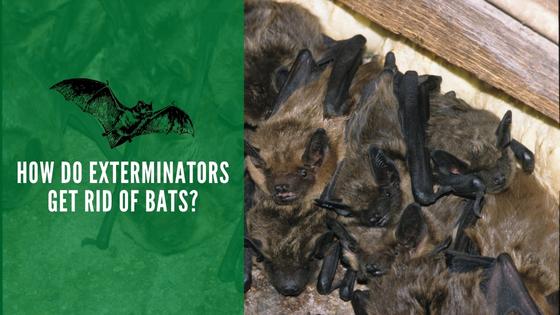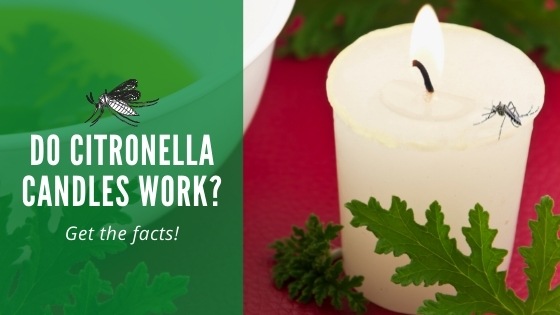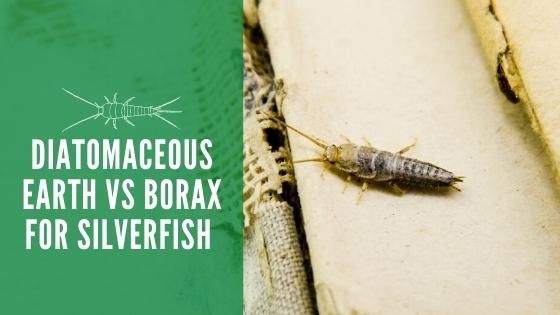How to Keep Bugs Away From Cat Food

If you have ever poured a bowl of cat food only to find that it has been invaded, you know how frustrating it can be. Many of these pests can also get into stored human food. Most of the problem occurs with opened food, but some can also get into unopened boxes, plastic, or products wrapped in foil. Here are a few tips to help you keep bugs out of cat food.
Which Pests Eat Cat Food?
The most commons pests found in cat food are:
- Ants
- Flour beetles
- Sawtoothed beetles
- Maize weevils
- Cockroaches
- Bean weevils
The favorite diet of these pests are oats, pasta, cereals, and the grains used in cat food. These pantry pests can be annoying, and they can cost you money from the cat food you must discard, not to mention the judgmental glares from your feline friend.
Foods that have been in storage for a long time can be infested, but they can also come from the factory to your home. Some of the pests can be found outside and enter your home in search of food and shelter.
You know that you have a bug infestation if you see the carcasses of dried bugs in and around your cupboards. You might also see some flying insects, like the Indianmeal moth. Infested packages might have something that looks like spider webs. You also might notice live bugs crawling around in the product.
How Do You Keep Bugs Out of Cat Food?
The best way to rid your cat food, and the rest of your pantry, of pests, is to prevent them in the first place. If you accidentally brought them home from the store, you need to discard all the contaminated products.
You should also inspect other dry goods to make sure they did not spread to those items too. Here are some things you can do to prevent bugs from entering your pantry products.
- Do not store dry cat food in its original container.
- Make sure cat food is stored in a sealed plastic container.
- When inspecting the products, pour them onto a cookie sheet.
- Use a flashlight if you think you have an infected container.
- Buy cat food in small quantities to reduce storage time.
- Use the oldest and opened products first.
- When buying cat food, make sure the package is sealed and with no holes.
- Clean up any spilled food or crumbs immediately.
- Use a vacuum to clean out the cracks in your cupboards.
- Regularly inspect storage areas for any signs of an infestation.
What to Do with Bug Infested Cat Food?
Even if you are vigilant, you can still end up with a pantry pest infestation. If you do, there are a few things that you should do to get rid of it.
- Discard any infested food or other products.
- Make sure to put any discarded products into the outdoor trash.
- Thoroughly clean the area with soap and water.
- Use a vacuum to clean any cracks or crevices.
- Store any cat food in the freezer until you are sure you have eliminated the bugs.
- Tackle the problem as soon as it is found to prevent spreading.
- Consider using herbs and essential oils in your cupboards.
Another thing to note is that you should never use insecticides on or around your pet’s food that do not specifically say they are safe for cats. Placing sachets of lavender, cedar, spearmint, and peppermint can repel some types of moths and insects, but you must replace them often and keep them fresh.
You can also purchase essential oils of these herbs and mix about 20 drops of oil in an 8-ounce bottle of water. Spray your cupboards with this mixture.
Washing the area with bleach, detergents, or ammonia will not prevent insect infestation. If you wish to wash your cupboards, vinegar is a good thing to use. Many people suggest placing bay leaves or stick of spearmint gum in your cupboards will prevent them, but there is no evidence to prove that this is effective.
To help keep bugs out of your cat’s food, set feeding times and keep the bowl in storage between meals. The best way to keep bugs out of your cat food is regular inspections and attention to keeping food properly stored when not in use.
If you are dealing with a serious pantry pest infestation, we recommend contacting a pest control professional.
Sources:



